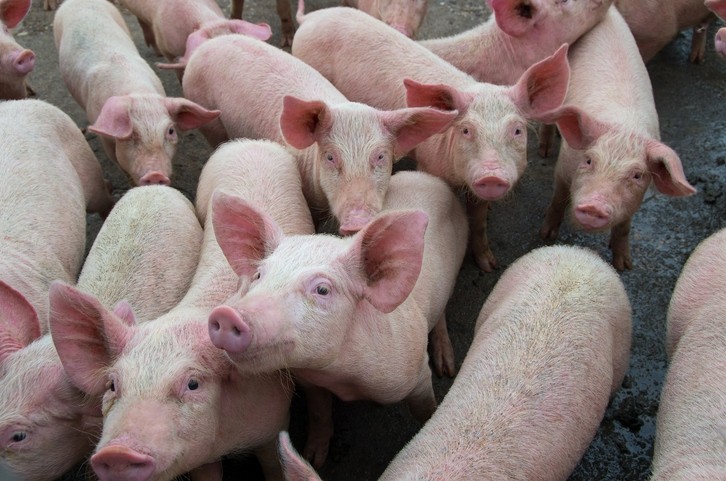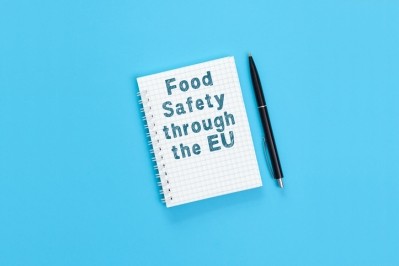EFSA: Low risk of ASF transmission through feed but it is a risk that cannot be dismissed entirely

The opinion of the European Food Safety Authority (EFSA) concluded that the potential for transmission through these pathways is lower than for several others – such as moving live domestic pigs or allowing contact between wild boar and domestic pigs – but that a risk cannot be completely excluded.
A model was developed to rank the risk from the different pathways – or matrices – using results from an expert knowledge elicitation (EKE).
The EKE was based on evidence from a literature search and a public consultation.
Seventeen products and matrices were assessed and ranked for their relative likelihood of becoming contaminated with the virus in ASF-affected areas and infecting pigs in non-affected areas.
Compound feed - mash and pellets - feed additives, and contaminated vehicles were the highest ranked.
To reduce the risk of the virus being introduced to pig farms through feed, bedding materials and transport vehicles, the scientific opinion recommends strict adherence to relevant decontamination and storage processes for all products moved from ASF-affected areas to unaffected areas.
The study
The EKE was carried out by three independent groups of six to eight experts each.
It was carried out in three steps: assessing the likelihood of contamination of a product; assessing the likelihood of the contaminated product having enough viable virus to infect a pig, the infectious dose; and assessing the volume of trade or imports of each product from an affected area in either the EU or Eurasia which would be delivered to either a small-scale or large-scale pig farm.
The outcome of the modelling provided a rank of the risk of each product by the likelihood of contamination, by the volume of trade (from affected areas in Europe) or import (from affected areas in Eurasia) and by the modelled number of potentially infected pig farms.
While the opinion identifies some types of feed that may present a risk for transferring ASF to a farm, particularly in regions where wild boar contamination is present, other risk pathways are more likely to require risk management, such as moving live domestic pigs, swill feeding with products of porcine origin or allowing contact between wild boar and domestic pigs.
Still, the EFSA scientific report also concludes that use of locally produced hay, straw or grain, harvested from an area where ASF is present in the wild boar population, use of farm equipment from a similar area, or providing fresh forage to pigs are identified as potential sources of ASF for domestic pigs, more notably, though, in backyard farms.







